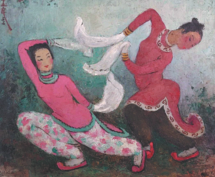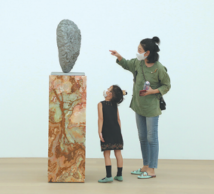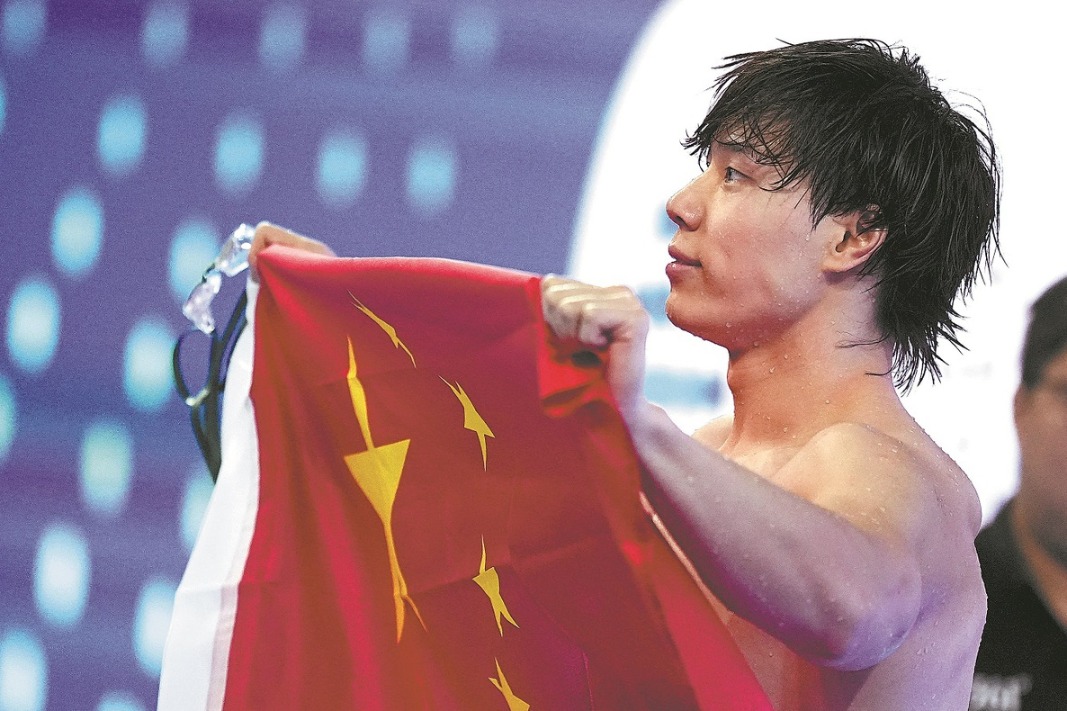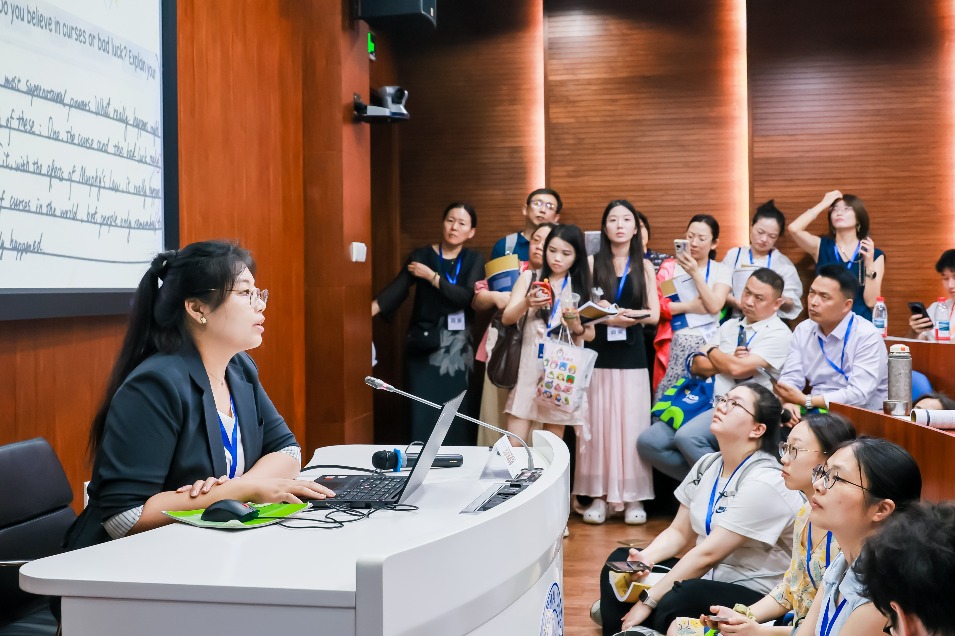What's on

Woman pioneer
When Pan Yuliang entered the world of art a century ago, she faced a situation in which women didn't enjoy as much freedom as men. From a humble background but born with a natural sensitivity toward art, Pan blazed a trail in painting. She studied art in Europe and lived there for decades until her death. Her life encouraged many women to pursue their dreams. Today, Pan's colorful paintings are among popular works shown at museums. She is considered one of the most influential modern female artists from China. Pan Yuliang's Art World, an ongoing exhibition at Nanjing Museum in Jiangsu's provincial capital, pays tribute to this unique figure in modern Chinese art. Pan is known for integrating Chinese and Western art styles. Her landscapes show the solid training of techniques she received in Europe, under the influence of impressionism, modernism and fauvism. Her still lifes and figure paintings of women present a poetic atmosphere derived from her cultural roots in China. Pan's works are a celebration of life, nature and individuality. The exhibition runs through to Oct 10.
9 am-5 pm, closed on Mondays. 321 Zhongshan Donglu, Xuanwu district, Nanjing, Jiangsu province.025-8480-7923.
Mountain and water
Fu Baoshi's reform of classic Chinese painting in the 1950s and '60s ushered the mountain-and-water genre into a new era. Prior to that, paintings of the genre normally expressed a feeling of detachment for worldly affairs. Fu heralded a movement that added the mountain-and-water paintings to the trend to show the magnificence of landscapes, and depict the country's Communist course and socialist construction, imbued with revolutionary romanticism. Jiangshan Ruci Duojiao (How Beautiful My Homeland Is), an exhibition now on at Anhui Museum in Hefei, the provincial capital, reviews Fu's endeavors. The exhibition title is borrowed from the name of a series of landscape paintings. Several paintings on show were inspired by poems of Chairman Mao Zedong and are regarded as iconic works from the second half of the 20th century. The exhibition ends on Oct 30.
9 am-5 pm, closed on Mondays. 87 Huaining Road, Hefei, Anhui province. 0551-6373-6658.
Inspired by stones
In 2015, contemporary artist Wang Sishun embarked on a journey driving alone from Beijing to Paris. He came across people of diverse ethnicities over an expansive Eurasia. He was impressed by a large number of stones of varying shapes, colors and textures on the way. As evidence of the power of nature and the passing of time, the stones motivated Wang to start a long project. He has since then collected stones that he found as he lived and worked around the world, and saw a resemblance of a human figure or face. He views this assembly — there are hundreds of stones — as part of his work as a sculptor. He has created a series of installations that resemble the distinctive textures and colors of the stones. A selection of this body of works is now on show at Wang Sishun: Apocalypse, his solo exhibition at Tang Contemporary Art and curated by Lu Mingjun. In his works, Wang presents mixes such as fast and slow, change and eternity, beliefs and doubts, and progress and setbacks.
11 am-6:30 pm, closed on Mondays.798 Art Zone, 2 Jiuxianqiao Road, Chaoyang district, Beijing. 010-5978-9610.



Today's Top News
- Thai army confirms ceasefire across all Thai-Cambodia border areas
- Nation's AI industry hailed as economic growth driver
- China launches national child subsidy program
- Xi urges all-out flood relief efforts
- UK asylum hotel protests spread to multiple cities
- Derailed German train 'probably hit landslide'






























